Welcome to Sustainability 101.
In this post, we break down some key terms and definitions in the sustainability space for beginners.
This is a basic guide for confusing jargon and hot buzzwords, shaped into easy, digestible talking points.
If you have any recommendations for new terms in Sustainability 101, contact us or comment.
Table of Contents
Key Concepts & Terms for Sustainability 101
*credit to New Oxford American Dictionary for some definitions
Alternative Energy
Alternative energy falls into two categories:
- Substitutes for existing petroleum liquids, i.e., ethanol, biodiesel, and tar sands substitute energies.
- Alternatives for generating and storing electrical power are wind, solar, and battery substitute energies.
In the United States, fossil fuels produce the majority of consumed energy. Because fossil fuels are nonrenewable resources, experts are concerned about the depletion of natural resources.
Alternative energy sources are a crucial component of climate mitigation.
Business model
When discussing the sustainability of a business model, we refer to the way a business makes money. Business models can tie to social causes as well. For example, for every pair of socks sold, Bombas donates a pair.
Blackwater
Blackwater is contaminated wastewater that must be drained from a building into separate blackwater pipes for extraction, and it cannot be mixed with greywater.
Wastewater collected from toilets, kitchen sinks, and dishwashers are good examples of blackwater.
Carbon footprint
Carbon footprint refers to the emissions of greenhouse gases (carbon equivalent) from an individual or organization. If x company emits y tons of carbon every year, y is the carbon footprint of x.
Carbon neutral
Companies that are ‘carbon neutral’ achieve net-zero carbon emissions. That means the given company offsets the amount of carbon they produce by removing carbon emissions elsewhere or purchasing carbon credits.
Be careful when a company says they “aim to be carbon neutral by.” Double-check to see if they have a clear plan.
Carbon offset
Carbon offsets reduce carbon emissions by purchasing credits or using carbon trading schemes.
For example, suppose Amazon emits 1 million tons of carbon every year but purchase 1 million tons worth of carbon credits (which would effectively remove the equivalent from the atmosphere). In that case, Amazon can claim to be carbon neutral without changing its business model.
Carbon sequestration
‘Carbon sequestration can be natural or manufactured. When capturing and storing carbon, we sequester it. That prevents it from entering the atmosphere.
Planting a tree is a good example. Also, whales are carbon sinks.
Circular economy
In a traditional linear economy, the process goes ‘make, use, dispose of.’ In a circular economy, we try to minimize ‘make’ and ‘dispose’ and maximize ‘use.’
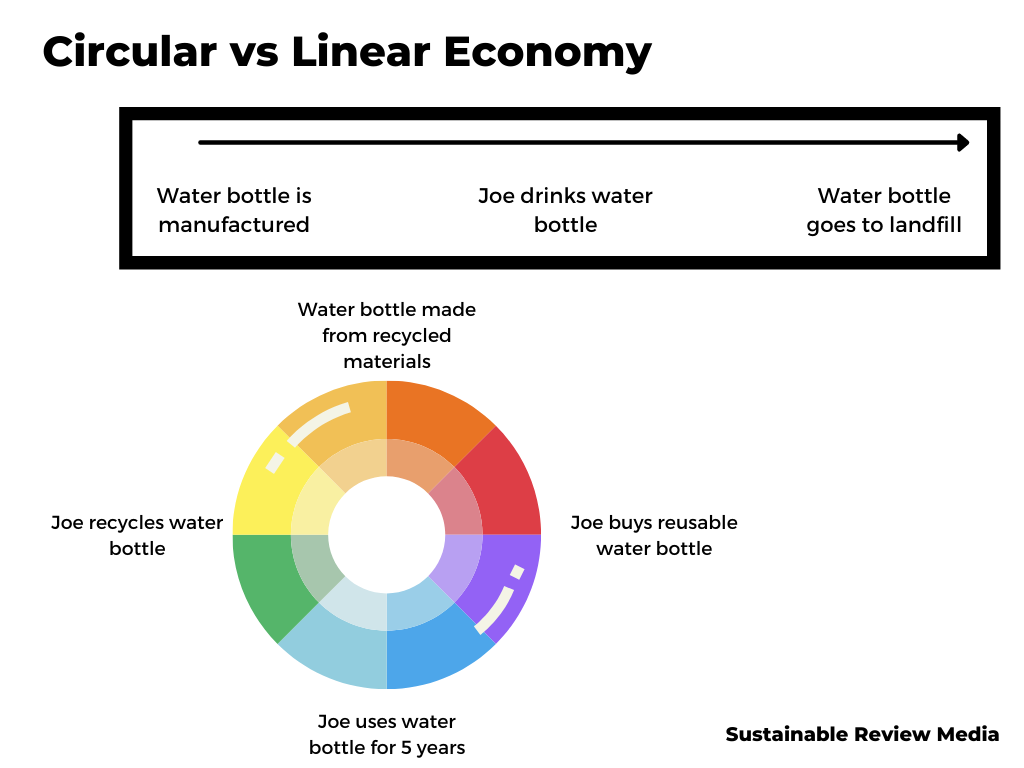
Circular economies use products or services to their fullest. When the product lifecycle is complete, you must repurpose that material into the production phase.
Climate change
Climate change refers to the periodic change in Earth’s climate due to changes in the atmosphere.
This is a natural process on Earth, which has experienced numerous Hot periods and Ice Ages.
With that said, scientists are concerned that Earth’s climate is shifting at an unprecedented level given the short period.
In a geological sense, lifeforms shouldn’t notice significant shifts in climate during one life span. Climate change is intended to be a slow, gradual process (like a million years slow).
Climate resilience
How well can a socio-ecological system mitigate climate risk?
As opposed to sustainability, which aims to create more climate-resilient systems, climate resilience studies existing systems’ capacity to handle stresses and maintain functionality imposed by climate risk.
Closed-loop
A closed-loop economy is the most sustainable form of production and consumption. As a circular economy, the input used to create a product is the same as the output in a closed-loop.
In the case of Joe and the water bottle (see the image in Circular Economy), producers will use the materials of Joe’s reusable water bottle to make another functioning water bottle… for Joe.
Conscious capitalism
Conscious capitalism is a free-market economy that mutually benefits both people and the environment.
Corporate Social Responsibility (CSR)
In the 70s, economist Milton Freidman famously claimed that corporations have no social responsibility; people do (paraphrasing here).
Today, business leaders challenge that doctrine; CSR programs have become a standard.
CSR programs incorporate some social cause or contribution into a corporation’s business model or employee culture.
Cradle to cradle
This is another way of phrasing ‘circular economy. Instead of manufacturing a product from scratch, the same product is used to create a new product.
Deforestation
Deforestation occurs when a forested area is converted for non-forest reasons.
It can be particularly harmful to the environment because 1) the converted land usually outputs carbon 2) with fewer trees, that area is less capable of absorbing carbon dioxide.
Eco districts
Eco-district is a collaborative planning approach that focuses on regenerative urban development at the neighborhood scale.
There are many thriving eco-districts in the U.S.
Ecological Footprint
A person or community’s impact on the environment is expressed as the amount of land required to sustain their use of natural resources.
We can talk about how we eat. We can talk about what makes our house hotter (and no, turning on the AC does not solve this problem).
Go ahead and talk about what type of house we’d like to pass on.
But it’s time to talk about how our houses, communities, and lifestyles impact Earth.
Your ecological footprint measures how much natural resources you use in your daily life and how much land your lifestyle requires.
Understanding which aspects of your lifestyle have the most significant footprint can help us make changes to reduce our fart-print on the Earth.
Ecological Restoration
When an ecosystem is damaged, ecological restoration is the process that artificially restores the ecosystem to its original form. This is a complex process.
Research suggests that once an ecosystem is damaged, it is nearly impossible to restore it to its original form.
With that said, ecological restoration is still a critically important process.
Sort of like the “it’s better than nothing” mantra, but it’s like a lot better than nothing.
Environmental, social, and governance (ESG)
ESG principles or programs are all over the place. Sometimes we use ESG interchangeably with CSR.
ESG refers to a business strategy that encompasses an environmental cause, social cause, and self-governing body in leadership that holds the company accountable.
Ethical or sustainable investment
An investment in a stock or company that incorporates ESG or CSR principles.
For more info on sustainable investing and how to start, you can read our post on sustainable investing from a JPM Wealth Management Analyst.
Fairtrade
Corporations sometimes take advantage of producers and underpay or exploit trade in less regulated markets like West Africa.
Fairtrade ensures a fair partnership between producers (e.g., farmers) and manufacturers (e.g., corporations).
One example of where fair trade plays a vital role in cocoa production. Learn more about Hershey’s exploitation of farmers in West Africa.
Geothermal energy
Geothermal energy is a renewable energy form derived from hot water or steam within the earth. It usually creates electricity.
Global Warming
Global warming is defined as a gradual increase in the overall temperature of the Earth’s atmosphere generally attributed to the greenhouse effect caused by increased levels of carbon dioxide, chlorofluorocarbons, and other pollutants.
This was the buzzword in the Al Gore days, but we use climate change more frequently today.
Global warming has always occurred in Earth’s history, but we are primarily concerned with anthropogenic global warming.
That defines how human behavior impacts the speed and intensity of Earth’s heating.
Humans are impacting the environment in unprecedented ways. The rapid changes affect the natural ecological processes (e.g., ice reflects heat out of the atmosphere and back into space) that would typically balance such changes.
Green Building
A green building is built based on ecological principles to maintain a healthy structure that minimizes environmental impacts. Essential features of green building include reducing or eliminating adverse ecological effects while also creating positive developments within the community.
The United States Green Building Council commissions an environmentally and socially responsible environment that improves the quality of life.
Check out our feature article about Chicago-based green builder Zauben.
Greenhouse effect
Most of us learned about this in middle school science. Here’s a refresher.
The greenhouse effect refers to the trapping and build-up of heat near the Earth’s surface.
When more greenhouse gases like carbon dioxide and methane are emitted, less heat jumps back into space. Some of it is re-radiated back to Earth’s surface, increasing the temperature of the lower atmosphere.
Greenwashing
Greenwashing is a marketing tactic that inaccurately portrays a “green” or “eco-friendly” product or service to increase sales.
More people than ever are concerned about environmental issues. It is easy to throw a green label with words like “natural” and perceive that a product may be positive for the environment.
For more on greenwashing, check out our Brand review page.
Greywater
Graywater is wastewater, without toxic chemicals, collected for secondary uses.
For example, greywater is collected and reused from bathrooms, sinks, showers, bathtubs, and clothes washers.
Natural capital
In economics, capital is often referred to as equipment, resources, or machinery.
You may have heard the term “human capital.” It’s a bit different than the traditional use that may refer to money.
Natural capital is the world’s asset. Think soil, air, water, living things.
Natural Resources
Natural resources are materials or substances such as minerals, forests, water, and fertile land that occur in nature and can be used for economic gain.
Natural resources refer to materials we harvest, utilize, and rely on to fuel all types of lifestyles.
Natural resources can be found in rural areas that rely on basic materials like wood for shelter and industrialized areas with commercial farms and factories.
Even your iPhone uses natural resources.
Net-Zero Water
An approach in which a building or community uses only the water that falls on site is referred to as net-zero water.
Net-zero water involves limiting the consumption of water resources and then returning it back to the same water source.
Organic
When something is organic, it follows the guidelines of a USDA-accredited certifier.
Well, what does that mean? A few things.
1) It doesn’t use pesticides or fertilizers.
2) It doesn’t usually have genetically-modified ingredients. For more on organic vs. GMO, check out this post about GMOs from a food activist.
Rainwater Harvesting
Rainwater harvesting refers to stormwater that is collected and then stored for later use.
In particular, the most common rainwater harvesting systems are used for:
- Irrigation use
- Indoor, non-potable use
- Whole house, potable use
Recycling
Recycling refers to collecting and reprocessing a material to be used again.
A common form of recycling would be aluminum cans. These cans are melted down and reshaped for different market use (rather than ending up in a landfill).
Recycling materials with toxic waste like electronics can be a little trickier. Learn more about recycling electronics.
Reforestation
Reforestation is the process of planting trees where a forest was previously held but had been removed for commercial purposes.
If you’re interested in making an impact, One Tree Planted is a nonprofit dedicated to reforestation projects.
With $1, you can plant one tree. They recently partnered with the Jane Goodall Institute and are doing some pretty incredible work.
Renewable Resources/Energy
Renewable energy comes from a not depleted source when used, such as wind or solar power.
Renewable resources are the AA battery to natural resources’ AAA. Renewable resources are like a battery pack; you can use them multiple times and still recharge quickly.
These energy sources include wind, solar, geothermal, and more, but they all have a rechargeable battery.
Non-renewable resources like coal, oil, and groundwater have limited quantities.
Social enterprise
A social enterprise is a for-profit business whose core business model is tied to a social cause.
You can think of the example I used earlier about Bombas. Toms shoes also donate one pair of shoes for every pair sold.
Solar energy
Solar energy is energy derived from the sun. Solar panels are used to absorb the Sun’s radiation. This type of energy is captured, stored, and regenerated into the electricity grid.
Solar energy is increasingly common in Africa due to its warmer climates.
Sustainability
What good is Sustainability 101 without defining Sustainability itself?
Sustainability is the ability of a system to be maintained at a certain rate or level.
It involves creating a system of permanence; a structure where people, planet and profit can live in harmony without compromising one or the other.
Over time, this word has gained popularity with mainstream media and become a buzzword for many industries.
Sustainable fashion, sustainable marketing, sustainable business growth, sustainable architecture, sustainable sports, even sustainable socks.
In the ever-expanding lexicon of “sustainable buzzwords,” the most important concept tends to get overshadowed, environmental sustainability…. as defined:
- avoidance of the depletion of natural resources in order to maintain an ecological balance (New Oxford American Dictionary)
Supply chain
I talk a lot about supply chains in my sustainable reviews of businesses.
A supply chain is a process from the initial point to when an end-user consumes the product.
In Sustainability 101 terms, we want to ensure a supply chain has the lowest environmental impact possible.
In the case of a laptop:
- A supply chain begins in the cobalt mine regions to gather the materials for integrated parts.
- There are about 66 individual minerals used in the creation of a computer.
- Next, we go to the manufacturing process where the computer takes its shape.
- Then, the post-production process begins. The computer is integrated with the software.
- Now the laptop is shipped to the distributor
- It’s good to go; the retailer shelves the laptop
- Finally, the laptop is driven home by a dude named Ben so he can pretend to work and stream videos.
Triple bottom line
You may have heard of “PPP.” No, not Puff Puff Pass. It’s People, Planet and Profit.
Businesses of all sizes incorporate a triple bottom line strategy – a business strategy that prioritizes people, planet, and profit equally.
These businesses may encourage proper healthcare and maternity leave for employees, emphasize sustainable practices in their operations and tie social causes into their business.
These businesses also retain a profit and are important examples of how business and environment can work hand-in-hand.
Value proposition
The consumer value is derived from a product, service, or organization.
For example, using recycled materials is a value-prop for climate-conscious consumers.
Water Scarcity
Water scarcity is the point at which all demands on the supply of water or the quality of water cannot be met.
Water Security
Water security refers to a population’s ability to provide safe access to adequate quantities and qualities of water for sustaining human well-being, protecting ecosystems, and socio-economic development.
Wind energy
Wind energy is created through wind turbines. This energy is collected through the motion from heavy winds in farmy areas with open land (fewer trees = more current).
This renewable form of energy has become increasingly common in the last few decades but is far from perfect.
Turbines are clunky, require tons of precious metal, and hurt surrounding wildlife. Still, this clean energy is abundant, and there is much room for innovation.
Zero-waste
The zero-waste approach eliminates waste, does not consume new resources, recovers resources, and does not manage waste within incinerators or landfills. For instance, composting is a popular method intended to reduce food and yard waste.
New motto: “re-think, reuse, reduce, recycle.”.
Contribute to Sustainability 101
Thanks for checking out Sustainability 101. In the comment section, you can add to the Sustainability 101 list of terms and definitions. If it fits, we’ll gladly add your term.
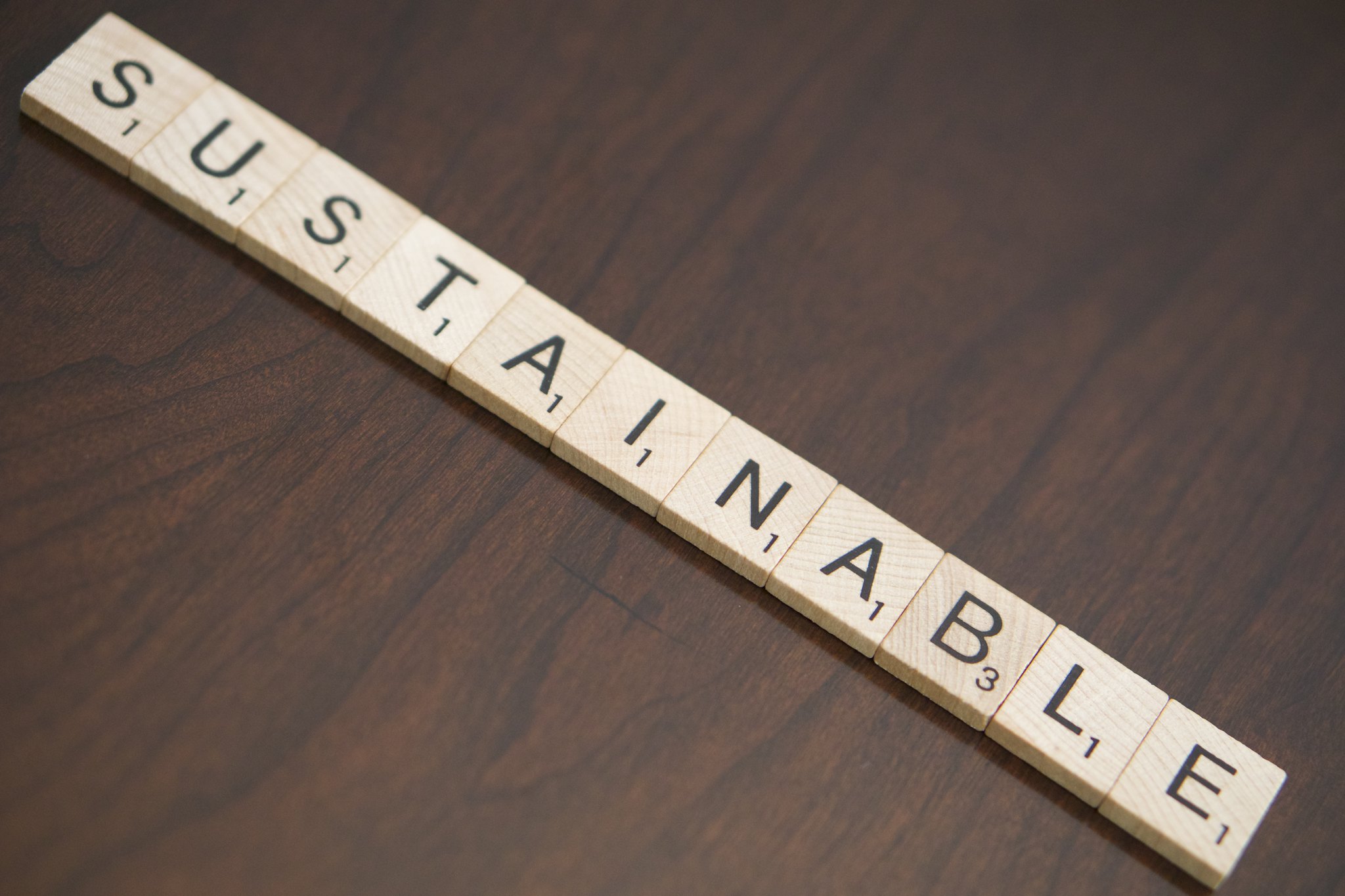
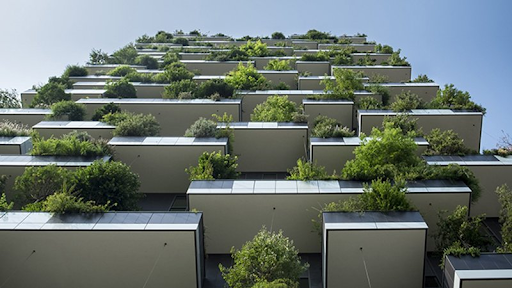
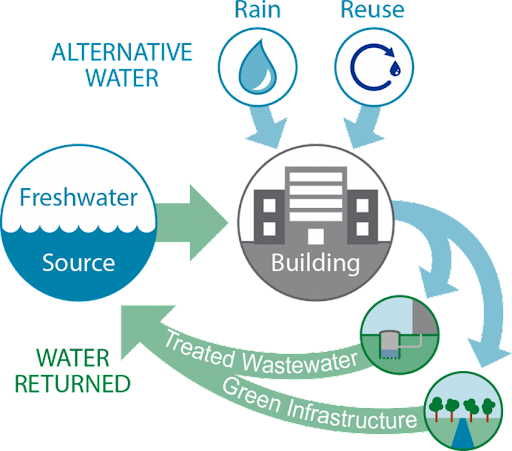
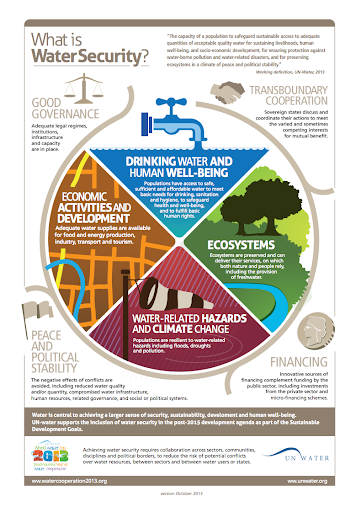
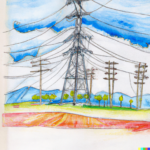

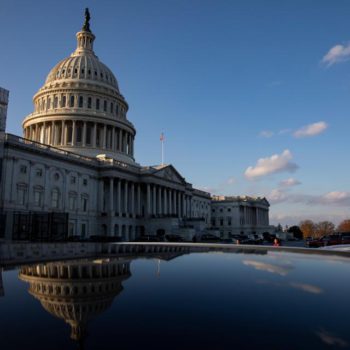



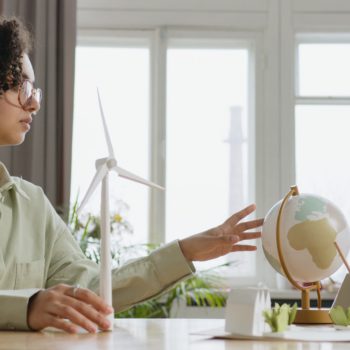

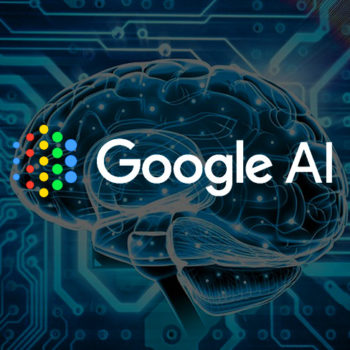



No Comments